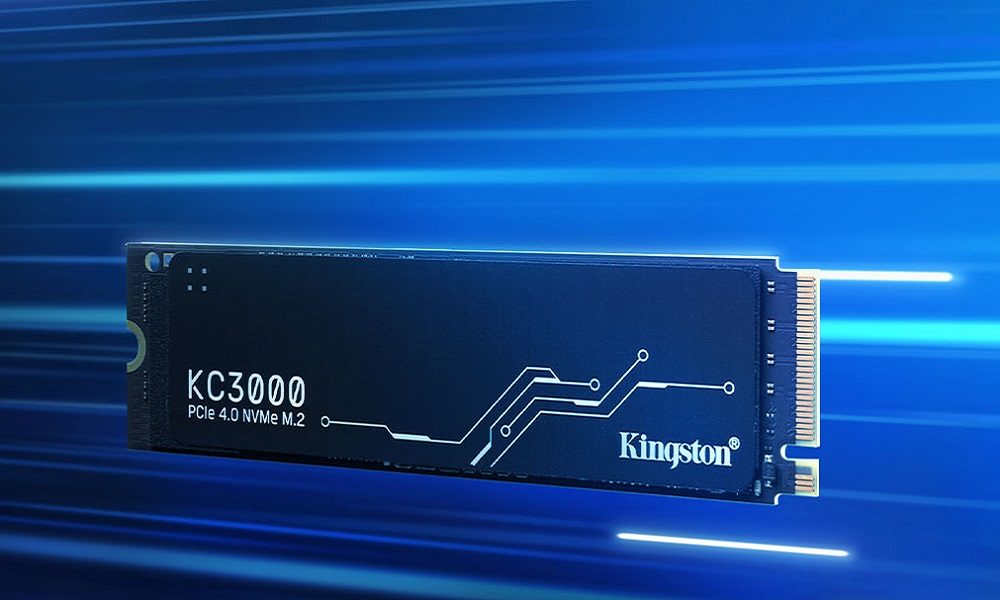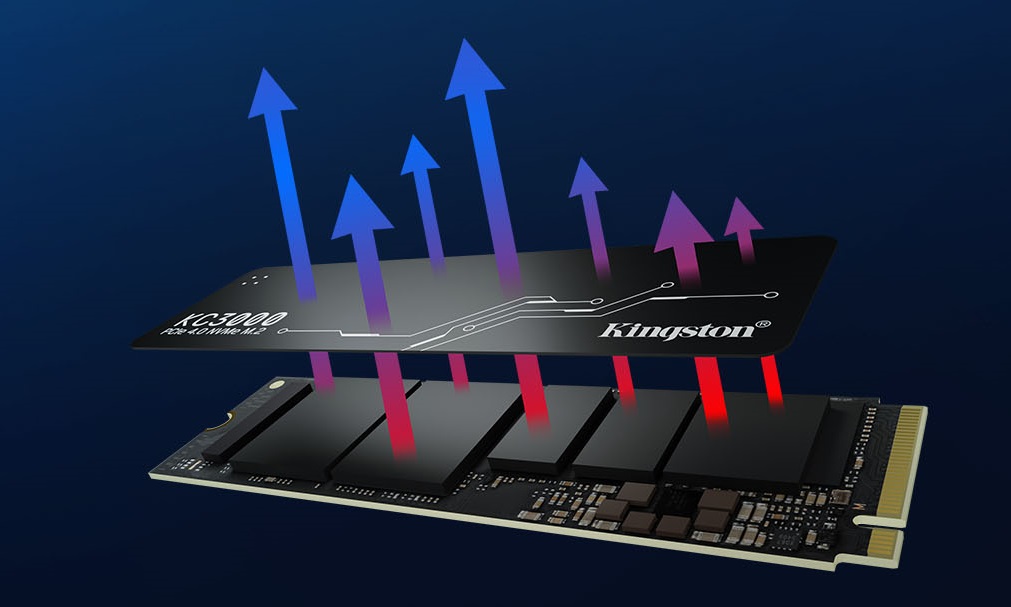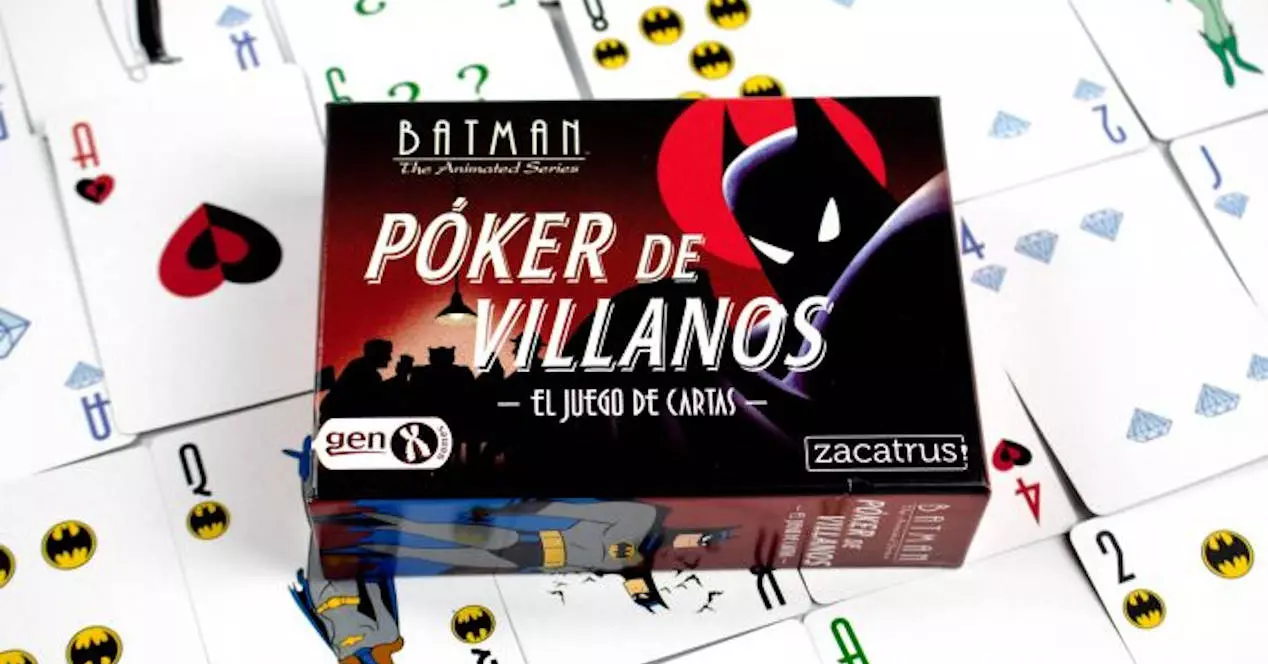
The American giant has surprised us with the launch of the Kingston KC3000, a new SSD-type storage unit in M.2 format that is based on the PCIe Gen4 standard, and which is characterized by offering a high level of performance without sacrificing a high capacity, and top-notch reliability, thanks to memory usage TLC type NAND Flash (three bits per cell).
With the Kingston KC3000, the American company has responded to the growing needs of both private users, who increasingly store more multimedia content and install very heavy games, as well as those of design, content creation and publishing professionals. Think, for example, that to install games like Red Dead Redemption 2 or DOOM Eternal you need more than 100 GB of free space, and that the rise of 4K content also means that we need more and more space.
One of the solutions that some players in the sector have been following has been opt for QLC memory, which allows four bits per cell to be stored and which reduces the cost of higher capacity SSD solutions, but with an important trade-off, which is that it significantly reduces the maximum supported write cycles. In certain cases, and for certain user profiles, they can be a good option, but the Kingston KC3000 is a clearly superior solution since, as we anticipated, it uses TLC memory, which supports a greater number of write cycles.
Kingston KC3000: Available Models and Specifications
The Kingston KC3000 is a high-performance PCIe SSD, and we all know what this entails, that it generates quite a bit of heat when working under full load. To keep temperatures at bay, and avoid any problems, it comes with a cooling system built into a thin foil of aluminum and graphene, which collects all the value of the chips and the controller and prevents it from accumulating in said components. A very wise decision, since this also manages to maintain a low profile that makes the Kingston KC3000 mountable on any computer with an M2 slot. 2280.
In total, the Kingston KC3000 is available in four versions that not only have different capabilities, but also offer a clearly differentiated level of performance. So that you have no doubts, I share a complete breakdown with the keys of each model:
- 512GB version– Sequential read and write speed of 7,000 MB / s and 3,900 MB / s, respectively. Random read and write speed up to 450K-900K IOPs.
- 1 TB version– Sequential read and write speed of 7,000 MB / s and 6,000 MB / s, respectively. Random read and write speed up to 900K-1,000K IOPs.
- 2 TB version– Sequential read and write speed of 7,000 MB / s and 7,000 MB / s, respectively. Random read and write speed of up to 1,000K-1,000K IOPs.
- 4 TB version– Sequential read and write speed of 7,000 MB / s and 7,000 MB / s, respectively. Random read and write speed of up to 1,000K-1,000K IOPs.
All versions have a very low consumption of just 5 mW at rest, a useful life of 1,800,000 hours and a five-year warranty.
The write cycle resistance It varies depending on the capacity of each version of the Kingston KC3000, as you would expect. The 512 GB model reaches 400 TBW, the 1 TB version reaches 800 TBW, the 2 TB model goes up to 1.6 PBW and finally we have the 4 TB version, which doubles that figure and reaches 3, 2 PBW.
Still nor we have specific details about the sale price in Spain, but we will update the information as soon as we know them.




